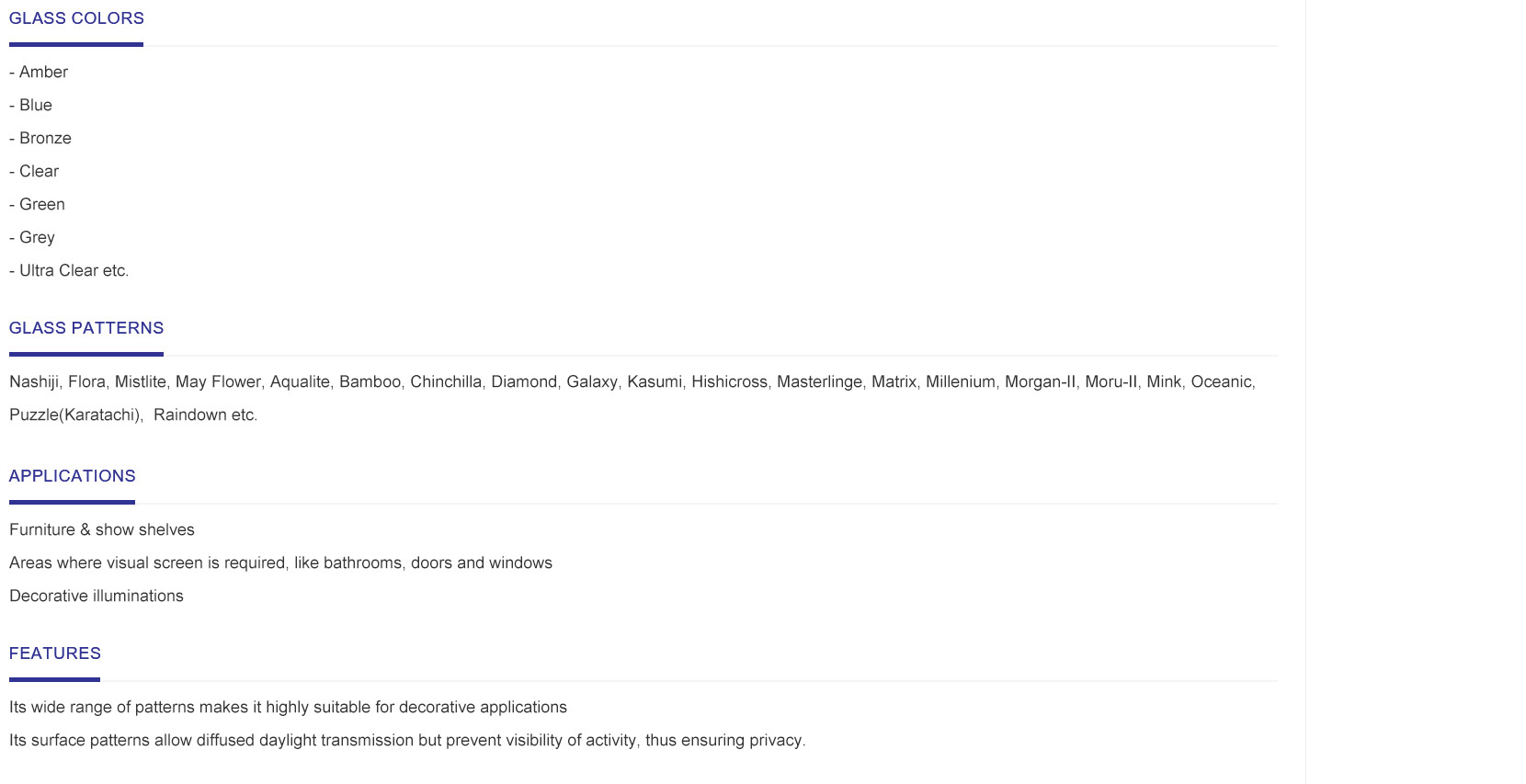

Understanding Low-E Soft Coat Glass The Ideal Choice for Energy Efficiency
Low-E soft coat glass, or low emissivity soft coat glass, has gained significant popularity in the construction and design industries for its remarkable energy efficiency and comfort benefits. This innovative glazing solution plays a crucial role in improving indoor environments while reducing energy consumption, making it an ideal choice for residential and commercial buildings alike.
Understanding Low-E Soft Coat Glass The Ideal Choice for Energy Efficiency
One of the significant advantages of low-E soft coat glass is its high performance in thermal insulation. The soft coating, typically made of silver or other metallic materials, offers significantly lower emissivity values compared to hard coat counterparts. This lower emissivity means that less heat is radiated through the glass, resulting in more stable indoor temperatures and reduced reliance on heating and cooling systems. As a result, homeowners and business owners can enjoy lower energy bills and a reduced carbon footprint.

Moreover, low-E soft coat glass also contributes to greater comfort levels within indoor spaces. By minimizing temperature fluctuations, occupants experience a more consistent thermal environment. This is particularly beneficial in areas with extreme weather conditions, as it helps maintain comfortable living and working spaces year-round.
In addition to its thermal properties, low-E soft coat glass excels in solar control. It allows natural daylight to illuminate interiors while reducing glare and harmful UV radiation that can cause fading of furniture and fabrics. This dual benefit enhances aesthetics and functionality without compromising on energy efficiency.
Another remarkable aspect of low-E soft coat glass is its versatility. It can be used in various applications, including windows, doors, and curtain walls, making it suitable for a range of architectural designs. Its aesthetically pleasing appearance does not detract from building aesthetics, enabling architects and designers to create energy-efficient structures without sacrificing style.
In conclusion, low-E soft coat glass represents a significant advancement in building technology, combining energy efficiency, comfort, and aesthetic appeal. As the demand for sustainable construction practices grows, this innovative glazing solution stands out as an indispensable choice for anyone looking to reduce energy costs and improve indoor quality while contributing to a more sustainable future.